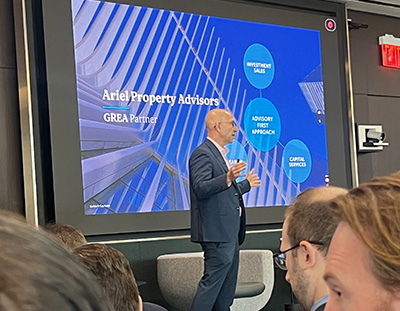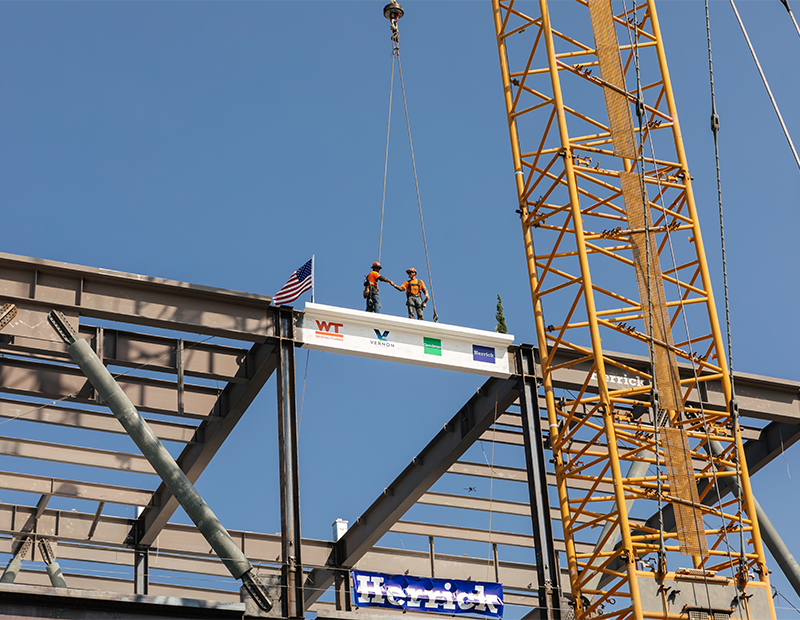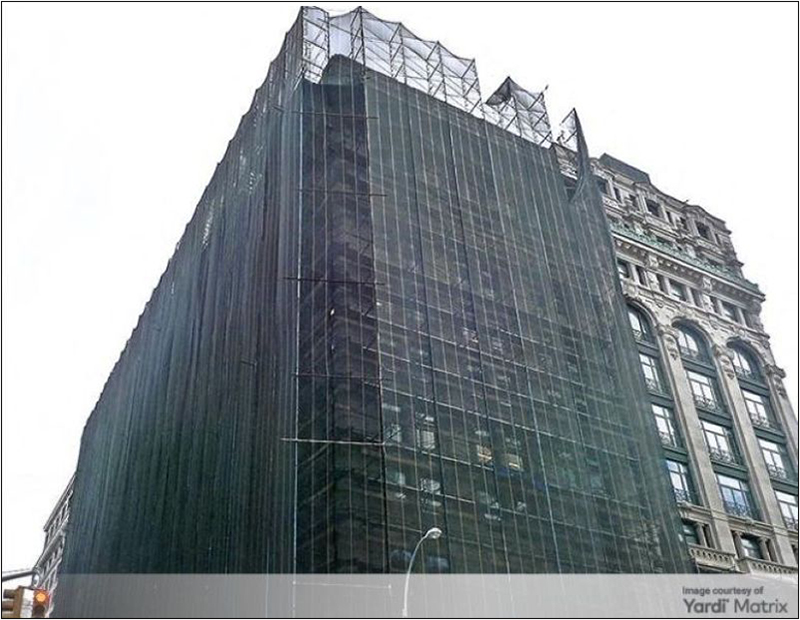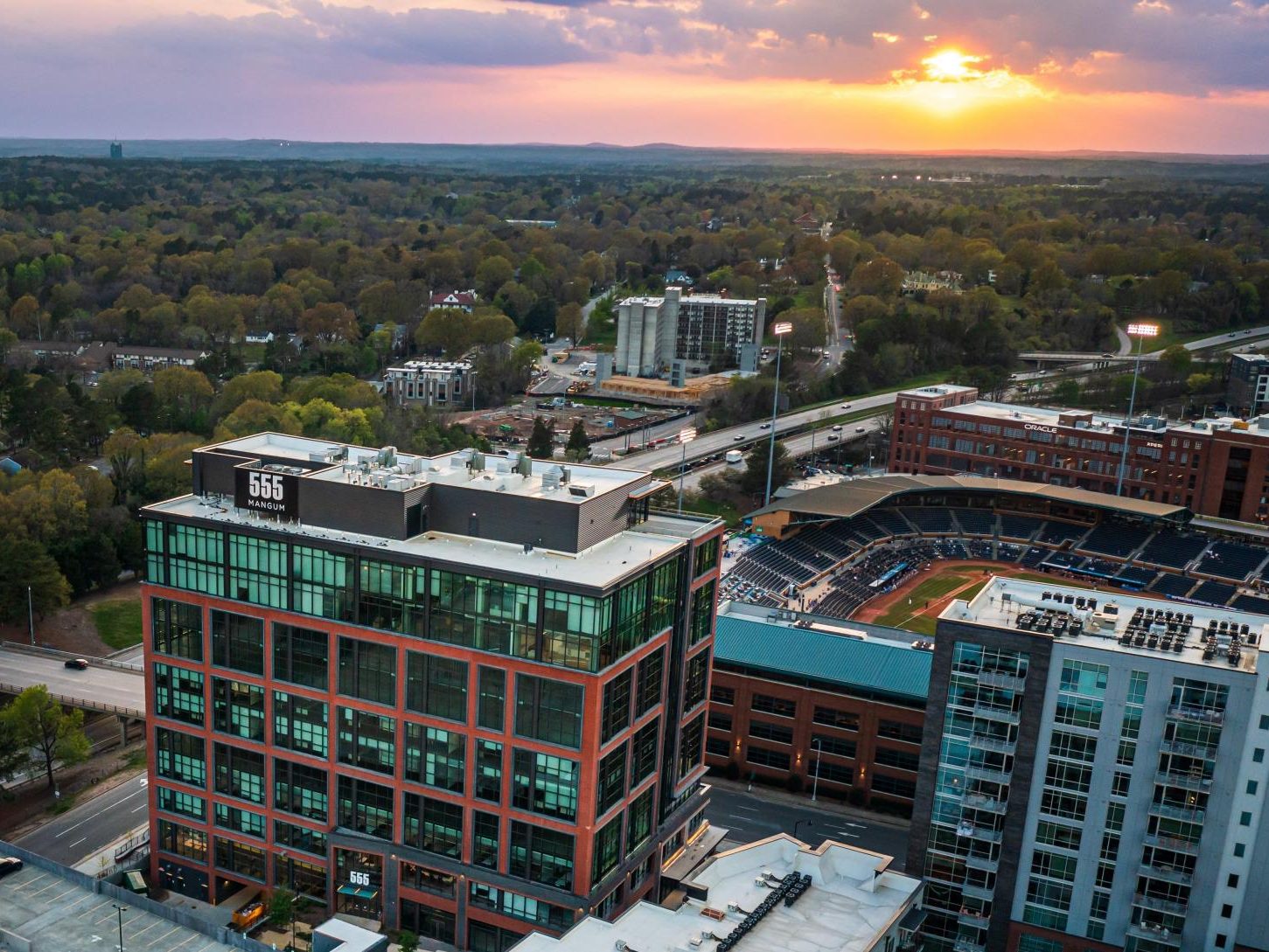NYC’s Fab Four Draw Investors, Lenders
Experts attending Ariel Property Advisors' Coffee and Cap Rates discussed the four sectors that are piquing their interest the most.

The New York City investment market is continuing its steady comeback. In the first half of 2025, property sales totaled nearly $13 billion—a 3 percent increase in dollar volume year over year and a 7 percent increase in both transaction volume and building volume.
“We think we’re on an upswing—not an aggressive upswing,” said Ariel Property Advisors President & Founder Shimon Shikury at the company’s annual Coffee and Cap Rates breakfast. “But we definitely saw some growth in valuations.”
And that $13 billion, driven largely by loan maturities and an abundance of capital looking for deals, is “not the whole story,” Shikury said, with some deals being transacted off market.
LIKE THIS CONTENT? Subscribe to the CPE Capital Markets Newsletter
New York City is known for its resilience, and four property types are proving particularly resilient today: Class A office, free-market multifamily, affordable housing and retail.
“These are the fabulous four,” Shikury told the standing-room-only crowd. “They account for 50-plus percent of all dollars in transactions.”
Class A trophy buildings, which made up 74 percent ($2.3 billion) of the $3 billion office properties deals in the first half, are an attractive asset type for investors and lenders. In addition to the sales, there was $8.3 billion of big-ticket refinancings and recapitalization for these properties.
Free-market residential, including smaller tax class protected buildings, was a lure for its strong fundamentals (rent is up 10 percent year over year and vacancy is 2.25 percent), a basis that is still 24 percent from its peak and strong investor demand—pricing was up 8 percent year over year.
Affordable housing continues to attract “mission-driven capital,” including institutional, non-profit and private capital looking to do good and make a return. But, since many incentives are federal, New York City is competing for that capital with other cities.
Retail is also doing well in prime locations with owner-users, institutional investors, REITs and private investors.
In the development sphere, more than 127 sites traded, mostly for residential rental projects of less than 99 units. Meanwhile, there are more than 174,000 units in the pipeline for conversion.
Property types that are struggling include Class B and C properties, which accounted for 83 percent of office sales but only 26 percent of the dollar volume, and rent-stabilized apartments, which have lost a lot of value since 2019 due to changes in the law.
“If someone bought a building for a dollar in 2019, you give them back 50 percent,” Shikury said.
The silver lining in New York, however, is the abundance of capital, including $350 billion of equity raised that is ready to invest in properties or in private credit. Meanwhile, global investment is here to stay.
“No matter what problems you have, you always have buyers,” he said. “That’s one of the things I love about New York City.”
Housing supply struggles
New York City’s housing supply challenges were a key focus of the program’s panel discussion portion, which was moderated by TD Bank Executive Vice President & New York Metro President Ralph Bumbaca.
While the mayor has a goal of 500,000 units by 2032, developers are grappling with the expiration of the 421A tax incentive program and the phase-in of 485-x, which provides longer tax exemption but has different affordability requirements.
“New York City needs 50,000 units per year to keep up with demand,” said Justin Pelsinger, COO of Charney Cos., a developer of residential properties in Brooklyn and Queens. “We have nowhere near been doing that.”
The panelists acknowledged the efforts of the Mayor Adams—his City of Yes Program addresses rezoning and NIMBYism—and Governor Hochul for their efforts to remove barriers, but building affordable housing in New York City is still difficult and costs are ever-increasing.
“I’m in five states—they wish they had the job growth of New York City,” said Meredith Marshall, managing director of BRP Cos., which builds mixed-income and affordable housing in and just outside the city. “We just get the housing part wrong.”
On the Federal level, while the One Big Beautiful Bill made improvements to LIHTC program and made Opportunity Zones permanent, it also cut back on Section 8 vouchers.
“Section 8 should be enhanced,” Marshall said. “It’s an excellent way to get developers to build because you know you’re going to have the support at the lower levels.”
Meanwhile developers of affordable housing will also feel the loss of energy credits. Marshall noted that some of his projects use 11 sources of capital, including brownfield development credits, for example.
“If you take away green credits, that’s just another source we have to find elsewhere,” he said.







You must be logged in to post a comment.